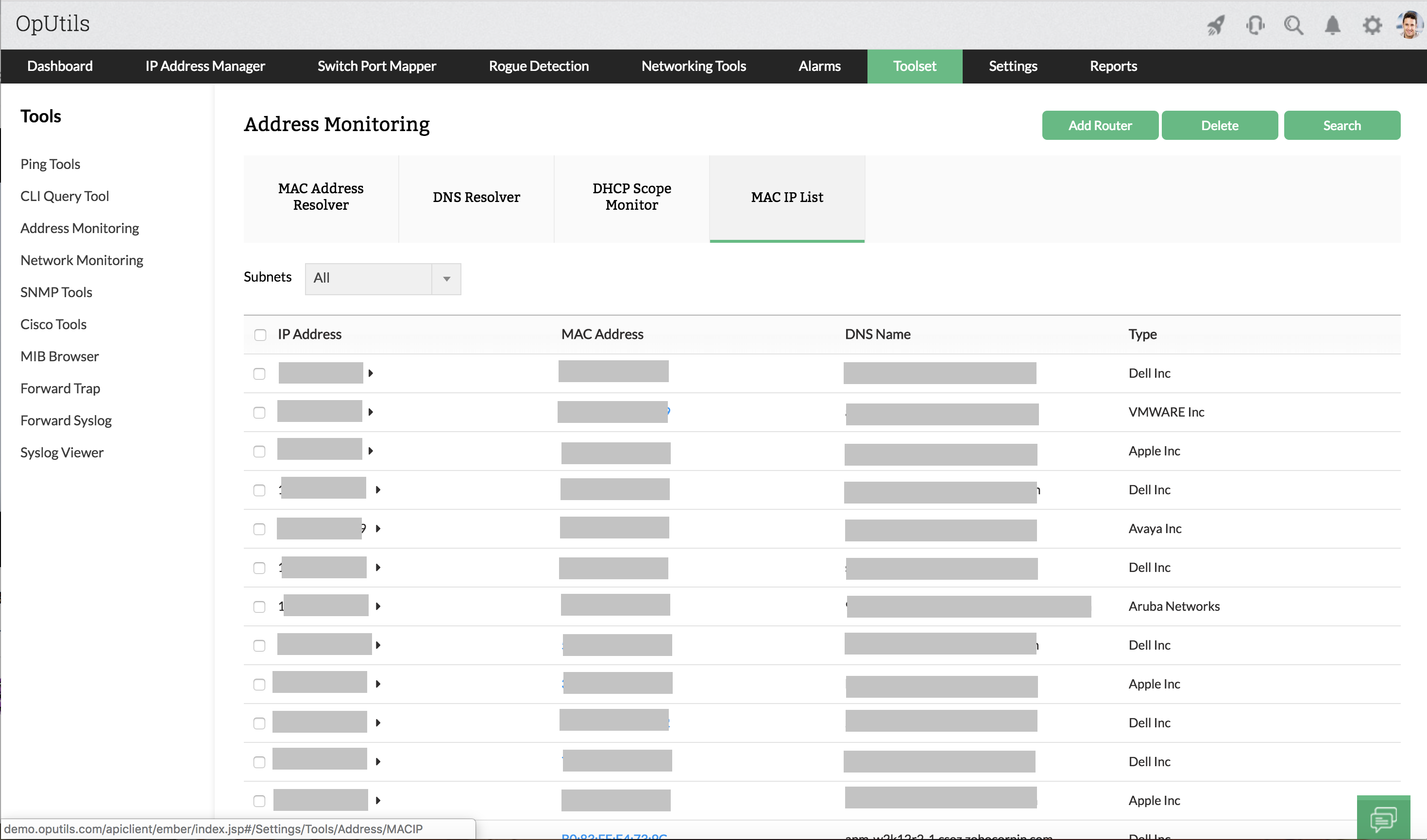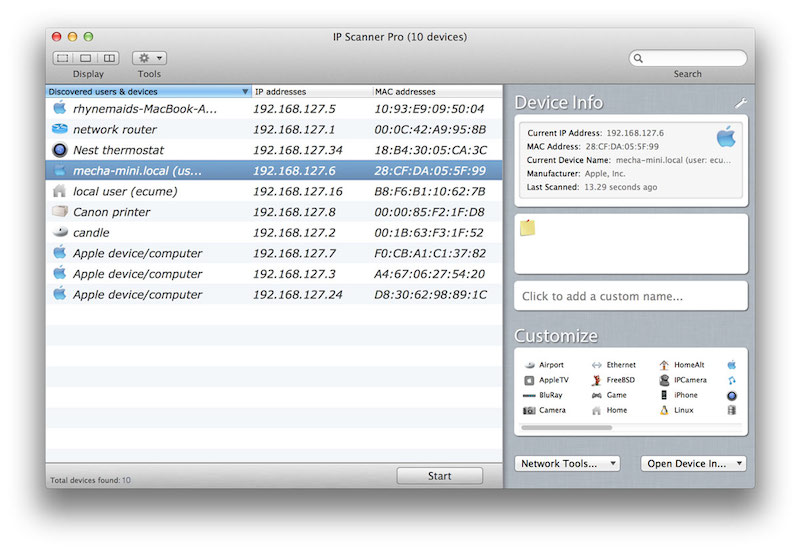


We assessed these IP address tools across many aspects, like what platforms they’re available on, whether they’re cross-platform compatible, how easy they are to use, and if they’re paid or free. In this article, we’ll look at five of the best IP address tools available, to make the task of administering your network more manageable. There are also IP address scanners that let you scan a range of IPs to see which ones are responding. IP address trackers tell you which IPs are actually configured for specific devices, as opposed to which ones are in existence on the network, which is what the address manager tells you. IP address managers, at their most basic, provide a database of your IPs. There is a variety of different types of IP address tools. With an IP address tool, you can keep track of all the addresses on your network, ensure that all your devices can connect to each other successfully, and troubleshoot any conflicts. I'm specifically trying to figure out where they are stored on my system.If you manage a large network of computers and other devices, you probably have many IP addresses to keep track of, which makes it essential to have a reliable IP address tool. Please note that I am NOT asking how to hide the information or anything else. Where on my system are these dead entries stored? to monitor the API calls, but I still cannot figure out where this information is coming from. but the entries are nowhere to be found.įurthermore, I've even tried using Process Monitor, API Monitor, etc. I've searched the registry, the files in my \Windows folder, the application's files, etc. The fact that this information persists across reboots and network disconnections implies it has to be stored somewhere on my computer itself.įor the life of me, I cannot figure out where these entries are stored.

not in ipconfig /displaydns, not in arp -a, not anywhere else.

I don't see this information anywhere else. This wouldn't be so weird if it weren't for the fact that I still see these even if I disable my network card, clear my DNS cache, and reboot while still disconnected from any network. Specifically, I can see the devices' last-known host names, NetBIOS names, IP addresses, MAC addresses, and even manufacturers. Advanced IP Scanner has the ability to show "dead" entries-devices that were at some point visible on the network, but which are no longer reachable.


 0 kommentar(er)
0 kommentar(er)
